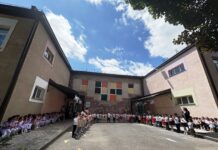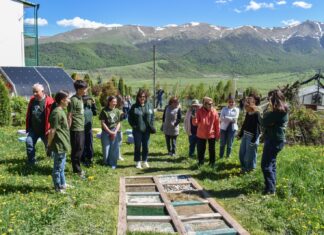By Agop Y. Bedikian MD
Special to the Mirror-Spectator
Life and death decision taking puts patients, relatives and caregivers in a very difficult situation. The decision taking is harder when a young patient has terminal cancer. The patients take the diagnosis of cancer as a death verdict. They are afraid of pain, suffering and disfiguring associated with it. The intense emotional effect and the adverse impact on body image drive some patients to depression and suicide. The general attitude among physicians in the West in the recent past changed from giving limited information to full disclosure about the disease, treatment and prognosis.
I devoted the first four decades of my life to treat patients with advanced cancer with the best therapies the clinical research could provide. More importantly, I always made myself available to them and their families as cancer therapy is complicated and affects the patients’ family in numerous ways. Very often, I received communication (letters, phone calls, e-mails etc.) from patients, families I have never met. They asked questions about the diagnosis, staging of the disease, management, and treatment options. I have never declined answering these requests. Most of the time, I do not hear from them again. On few occasions, I am involved in their therapy even though it is outside my field of subspecialty i.e. malignant melanoma. One such occasion was related to a young plastic surgeon from Armenia.
It all started with a phone call from the office of Mrs. Louise Manoogian Simone, the former president of Armenian General Benevolent Union. Her assistant, Barbara Boghosian, a member of the team responsible for AGBU Armenia Medical Programs was desperate. She said “excuse me for intruding; we wouldn’t have called you if we had an alternative. We have a young doctor in Armenia with the diagnosis of advanced lymphoma, we have been waiting for a second opinion from a pathologist in MD Anderson Cancer Center, and we have heard nothing during the past six weeks. We sent the pathology slides with the help of a charity organization in Houston; we chose your name from the short list of Armenian doctors and are seeking your assistance to expedite the process as the patient’s condition is deteriorating in the interim.”
I inquired about the patient’s medical history so that I could narrow down as to who may have received the pathology slides. Apparently, the patient was treated with antibiotics for tonsillitis in September 1999. The tonsillitis resolved but his flank pain persisted. A nephrologist thought it may be due to pyelonephritis. He was given multiple antibiotic treatments but he persisted in remaining febrile. In addition, he complained of weight loss and night sweats.









